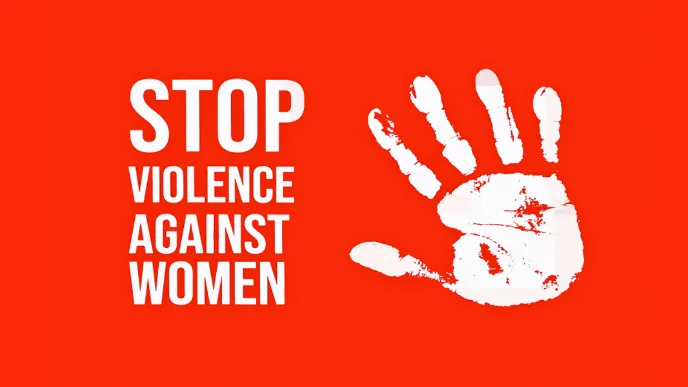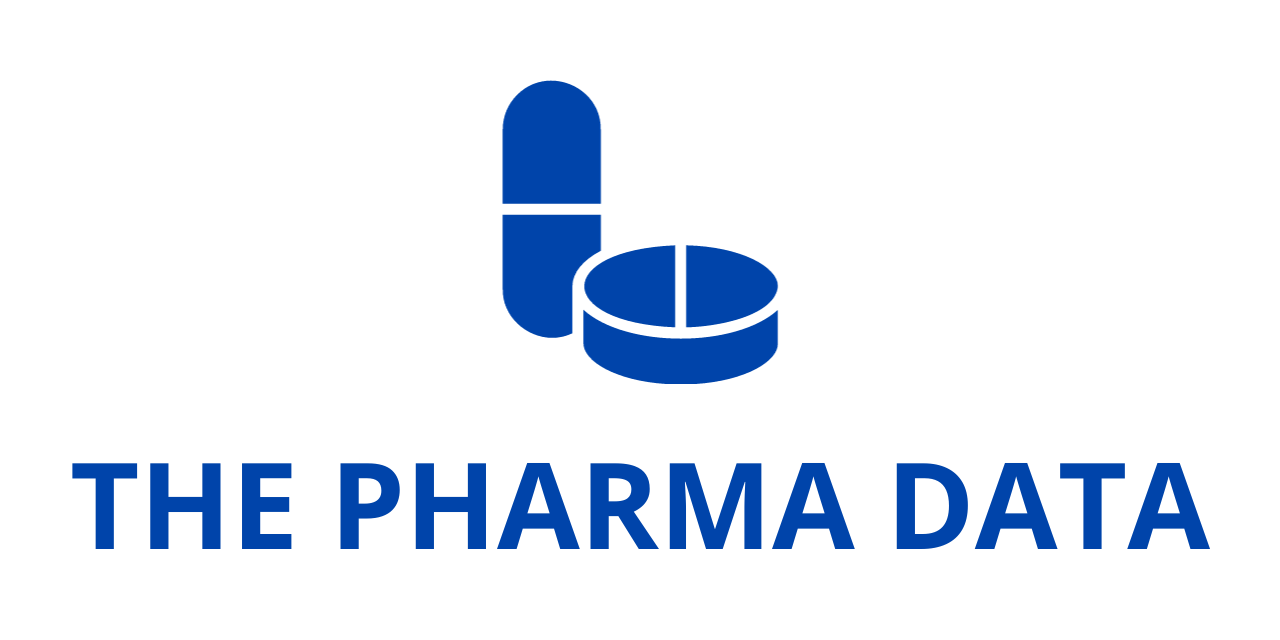
30 Years of Progress: Mobilizing the Health Sector to End Violence Against Women and Girls
In the three decades since the landmark Beijing Platform for Action on Women was adopted in 1995, the world has made significant strides in recognizing and responding to violence against women and girls as a public health crisis. With mounting evidence of the devastating physical, psychological, and social impacts of gender-based violence, the health sector has become an increasingly crucial player in the global movement to eliminate such violence and promote women’s rights and well-being.
From the international level to local health clinics, the role of health systems in addressing violence against women and girls (VAWG) has expanded dramatically. As of 2025, more than 160 countries have conducted at least one national survey on the prevalence of violence against women, providing essential data to monitor progress on Sustainable Development Goal (SDG) 5.2, which calls for the elimination of all forms of violence against women and girls.
A Turning Point in Global Health Strategy
The formal recognition of violence against women as a public health concern took a major leap forward in 2016 when the World Health Assembly (WHA) endorsed the WHO Global Plan of Action to strengthen health systems as part of a broader multisectoral response. This plan built on Resolution WHA67.15, adopted in 2014, which called for reinforcing the health system’s role in addressing violence, particularly against women, girls, and children.
The Global Plan outlined a framework for action in four key areas:
- Leadership and Governance: Encouraging the development and implementation of national laws, policies, and protocols that position the health sector as an integral part of the response to violence.
- Service Delivery and Capacity Building: Strengthening the ability of health workers and systems to provide survivor-centred care, including clinical support, counselling, and referrals.
- Evidence-Based Prevention: Promoting the use of proven prevention strategies that address root causes, such as gender inequality and social norms that tolerate violence.
- Monitoring and Evaluation: Improving data collection, surveillance, and research to guide interventions and track progress.
The Global Plan of Action emphasized that addressing violence against women is not solely a health issue—it intersects with gender equality, human rights, and sustainable development. This multisectoral perspective has helped foster stronger collaborations between health systems, justice institutions, education sectors, and civil society.
Tracking Progress Through Policy and Practice
To assess how countries are implementing these commitments, the newly launched Violence Against Women in Health Policies Database provides comprehensive data from 200 countries using 48 indicators. The database reveals encouraging progress: more national health strategies are integrating the prevention of and response to violence, health workers are receiving targeted training, and standardized protocols are being adopted more widely.
This shift toward institutionalizing survivor-centred care is particularly evident in countries experiencing humanitarian crises. A notable example is Poland’s response to the influx of Ukrainian refugees, many of whom are survivors of sexual violence due to the ongoing conflict. To support this population, WHO guidance and training materials were translated into Polish, and training initiatives were institutionalized through collaboration with the national chamber of nurses and midwives. Furthermore, WHO training was integrated into the curricula of four universities, ensuring sustainability of these efforts. In 2024 alone, nearly 500 health workers were trained, and a Polish feminist NGO, Feminoteka, has taken the lead in monitoring the availability and quality of clinical services for survivors of rape and intimate partner violence.
Scaling Capacity Through Innovation
To respond to the growing need for accessible, high-quality care, WHO and the UN Special Programme on Human Reproduction (HRP) have launched several key resources in recent years. These tools aim to strengthen the capacity of health systems in both emergency and stable settings.
One such resource is “Caring for Women Subjected to Violence: Online Facilitated Training for Health Workers”, an interactive, virtual course based on the WHO-endorsed LIVES approach (Listen, Inquire, Validate, Enhance safety, and Support). Designed for use in low-resource and emergency contexts where in-person training may not be feasible, this program equips health workers to provide empathetic, first-line support to survivors of violence.
Complementing this is the “Clinical Management of Rape and Intimate Partner Violence in Emergencies: A Training Toolkit”, a comprehensive, modular set of materials that aligns with WHO guidelines and the Minimum Initial Service Package (MISP) for sexual and reproductive health. The toolkit helps health providers address the unique challenges of delivering care in humanitarian settings, ensuring survivors receive timely and appropriate support.
“These training tools are essential to build a sustainable and integrated national health systems response that addresses violence against women as a public health issue,” said Dr. Avni Amin, Unit Head of Rights and Equality across the Life Course at WHO and HRP. “They help translate global commitments into real-world action by making frontline health services more survivor-centred and of higher quality, no matter the context.”
Empowering Women Through Evidence-Based Interventions
Alongside training and policy advancements, research remains a cornerstone of effective health-sector engagement. A recent study in Nyarugusu refugee camp in Kigoma, Tanzania, provides a compelling example of how targeted interventions can make a tangible difference.
The Strengthening Women’s Agency in Pregnancy programme delivered empowerment counselling to pregnant Congolese women and girls attending antenatal care. Preliminary results showed that the intervention was highly acceptable, with 82% of participants attending more than the minimum number of sessions. Even more striking, the intervention led to a 44% reduction in moderate-to-severe depression among participants, six months after completion, compared to those who did not receive the counselling.
This success highlights how gender-sensitive interventions integrated into routine maternal health services can have profound impacts on both mental health and agency.
Meeting Global Goals Through Local Action
To date, WHO and HRP have helped train more than 10,000 health workers across 29 fragile and humanitarian settings, bringing the principles of survivor-centred care to some of the most vulnerable populations worldwide. These initiatives align with WHO’s mission to achieve universal health coverage and reflect a deep commitment to SDG 5.2.
Crucially, these efforts ensure that care for survivors of violence is not treated as a secondary concern, but rather embedded into the core of both routine and emergency health responses. Whether through high-level policy advocacy, practical toolkits, or localized training programs, WHO and HRP demonstrate how global health organizations can support countries in operationalizing commitments to end gender-based violence.
Sustaining Momentum for the Next 30 Years
While much progress has been made over the past three decades, the road ahead demands continued investment, innovation, and cross-sector collaboration. Health systems must not only respond to violence but also contribute to its prevention, by addressing the underlying social norms and inequalities that perpetuate it.
Ongoing monitoring through tools like the Violence Against Women in Health Policies Database will be critical to ensuring accountability. In parallel, investments in research, training, and survivor-led initiatives will be essential to ensure that health systems continue to evolve in their role as advocates for and protectors of women and girls.
As the world reflects on the 30-year anniversary of the Beijing Platform for Action, one message is clear: The health sector has both the responsibility and the opportunity to be a powerful force in the global movement to end violence against women and girls. Through continued collaboration, capacity building, and commitment to equity, we can turn this vision into a reality—for every woman, everywhere.




